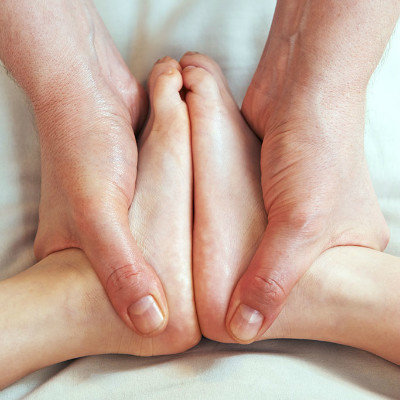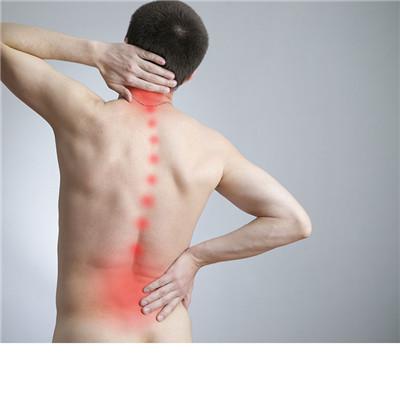What are the symptoms of Achilles tendon rupture?
summary
Achilles tendon is the most powerful tendon in the back of ankle, which can bear a lot of tension. In addition to individual diseases and special movements, it is difficult to break in daily life. The function of Achilles tendon is responsible for the plantar flexion of ankle joint, which plays an important role in the completion of daily activities such as walking. The high risk group of Achilles tendon rupture is athletes and actors. In recent years, mass sports have been extensively developed and sports level has been improving. The incidence rate of Achilles tendon rupture has increased year by year. What are the symptoms of Achilles tendon rupture? Let's talk about it
What are the symptoms of Achilles tendon rupture?
It is easy to diagnose the open rupture of Achilles tendon caused by direct trauma. Some patients were not easy to detect because of the rupture and retraction of Achilles tendon, so they were easy to miss diagnosis, and then they were treated again because of the weakness of heel lifting. It can be diagnosed by kneading triceps crus muscle test at the time of injury.

The rupture of Achilles tendon caused by indirect external force occurs when the ankle is in the dorsiflexion position. The patient often complained of a stick strike sensation behind the heel, and then the heel lift was weak, unable to complete the pedaling, jumping and other movements. The symptoms were walking difficulty, propulsive weakness and lameness. The Achilles tendon was sunken. Over the next few hours or days, the soft tissue gradually swells. There are ecchymosis extending the heel behind the ankle. The most obvious diagnostic method is to judge the continuity of gastrocnemius soleus complex by squeezing the posterior leg muscle (Thompson sign). Make the patient lie prone with both feet outside the edge of the bed, and pinch the triceps muscle abdomen of the leg. The normal ankle flexes immediately when pinching the muscle, and the ankle joint does not move when pinching the muscle when the Achilles tendon is completely broken.

The patients who have the feeling of hind foot stick and the pain of hind foot and the difficulty of plantar flexion should go to the hospital as soon as possible to confirm or exclude the diagnosis of Achilles tendon rupture, so as to prevent it from developing into old achilles tendon rupture. According to the specific situation of patients, the choice of surgical or non-surgical treatment. The success or failure of Achilles tendon rupture surgery lies in the accurate grasp of suture tightness. Non operative treatment is not easy to achieve this. For ordinary people, the effect of conservative treatment can achieve basically satisfactory results. For athletes and performers who need to carry out complex activities, a little change of Achilles tendon tension can completely lose their sports or performance life. Therefore, for the people with high functional requirements, non-surgical treatment can be adopted except for unconditional operation or local skin infection. For Achilles tendon rupture with open wound, operation should be carried out as soon as possible to prevent wound infection.

matters needing attention
For the people who do not often participate in sports activities, we should gradually increase the amount of daily activities, disperse the concentrated exercise time at the weekend to the middle of the week, and do warm-up preparation activities before exercise. When exercising, combined with their own specific conditions, we should choose the appropriate amount of exercise and reduce the long exercise time, which are of great significance to prevent the occurrence of Achilles tendon rupture.














